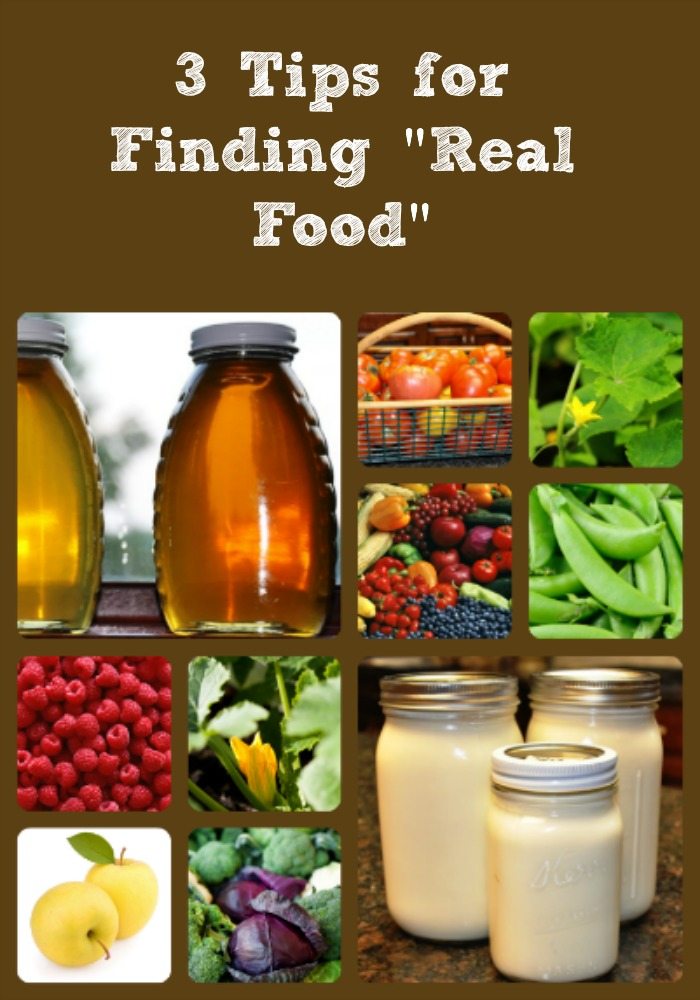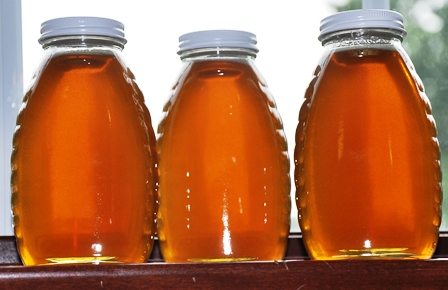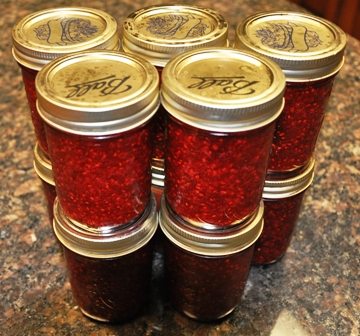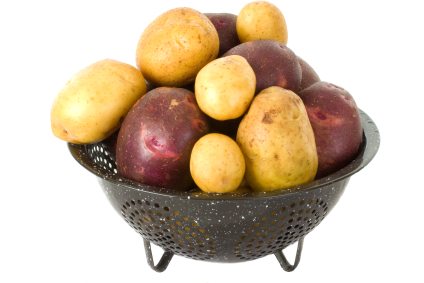
What’s Real Food?
The Better Hens and Gardens proclaimed focus is “self- reliance, real food & sustainable living on bramblestone farm”; but what does the “real food” part of that really mean? I’ve pondered that a lot, because of what I’ve learned over the years about raw milk, beverages, and honey. It turns out that you can’t sell raw milk in Ohio (or in many other states) and; in fact, there are very few beverages that aren’t required to be pasteurized by law – supposedly making them fit for human consumption, but also destroying beneficial organisms and vitamins.
Is pasteurized milk, vegetable juice, apple cider, almond milk, honey, etc. real food? Not in my definition of real food – it’s close, but we’ve “improved” it into being “food–like” but not the real thing. Using the milk example – this is what they do to cow milk before it goes to the grocery store; the cream (butterfat) is removed, the remaining liquid is heated to pasteurize it, then it’s strained to break down fat particle size to produce a homogenous product, and then its “fortified” to add back essentials destroyed by the “improvement” process. The result is something that my great-grandmother would never have recognized as milk – and that’s my first criteria for determining whether something is a “real-food”:
1) Would great-grandmother have recognized it as food? If not, it’s probably not real food. Real food has been eaten for thousands of years without changing or being changed.

There are some things in the store that great-grandma would recognize, that is until you read the label. For example, a jar of raspberry preserves that contains red raspberries, high fructose corn syrup, water, fruit pectin, citric acid, locust bean gum, potassium sorbate, and calcium chloride. That brings up my second criteria for determining real food:
2) Does it have a list of ingredients? If so, it may not be real food. Real foods aren’t engineered in a lab, and don’t contain artificial colors, flavors, sweeteners, or preservatives. My idea of real raspberry preserves come in a jar with a label that says red raspberries, sugar, and fruit pectin – that’s it.

The above two criteria eliminate a big percentage of grocery store foods from the real food category, but what about things like eggs, meat, and produce in traditional grocery stores? Are they real food? Again, I’d argue that they’re often not things that great-grandmother would have known as real food. The meat and eggs she knew weren’t fed steroids, antibiotics, chemicals, and pesticides on factory farms; instead they ate grass and grubs in rolling pastures and backyard poultry yards. So, to expand on the criteria for real food:
3) Is it grown without the use of GMO’s, steroids, antibiotics, chemicals, and pesticides using foods that are natural for the product being grown? GMO crops approved for animal feed include corn, soybeans, canola, alfalfa, cotton, and sugar beets. If the cows and chickens aren’t allowed in a pasture and are fed only grains and additives (that may be GMO), then their meat, milk, and eggs are diverging from real food. If potatoes are grown using pesticides to eliminate potato beetles and fed using artificial fertilizers, then they’re diverging from real food too.

Unfortunately, the criterion above eliminates about 98% of the products we regularly see in a traditional grocery store. We’ve “improved” almost everything by factory farming and engineering into a “food-like” substance that’s probably not as healthful for us as the original. It can be pretty difficult to even find “real foods” to eat in today’s world.
Organic products must be grown and processed according to the National Organic Program, and often do qualify as “real food“. They cannot be grown from GMO seeds or treated with chemical fertilizers, fungicides or pesticides. Organic rations for animals cannot contain medications, chemical preservatives, or animal by-products.
Caring for the chickens, goats, bees, and gardens on Bramblestone Farm seems like an awful lot of work sometimes and feeding them organic rations seems expensive at times; but then I ponder the situation above, and conclude (again) that producing and eating “real food” is important.
Emma @ Misfit Gardening says
It’s amazing how far from food that food has come and what happened to eating seasonally? I’m sure apples are something which are ready in autumn rather than being available all year round from all around the world.
We have noticed a big difference just with the eggs and chickens in the backyard; yolks are darker, shells are thicker, the meat tastes more “chickeny”. Even the bones on the birds are longer than what you get in the store.
Thank you for sharing this article, I hope it encourages others to take a look at the labels of their food and find out more about what is going into it. In Europe additives are given E-numbers and we’re just listed without stating what they were. I’m glad things are slowly beginning to change.